
City Wall Remains
Discover the enduring fragments of Pontevedra's medieval walls, a testament to its rich history and strategic past.

Highlights
Must-see attractions

Social
From TikTok & Reddit
Best Time
Best light for viewing

City Wall Remains
Best Time
Best light for viewing

Highlights
Must-see attractions
Discover the enduring fragments of Pontevedra's medieval walls, a testament to its rich history and strategic past.
"A tangible link to Pontevedra's past, these wall remains are easily explored near the stunning Basilica."
🚶♀️ Easy Access Near Basilica
The most prominent wall remains are right by the Basilica of Santa María la Mayor, making them easy to find.
🕰️ Understand the History
Visit the CITA center for a model of the walled city to truly appreciate the scale of what once stood.
Highlights
Discover the most iconic attractions and experiences

Arzobispo Towers Remains
Arzobispo Malvar Street
See about 40 meters of the once formidable medieval wall, a tangible link to Pontevedra's past.
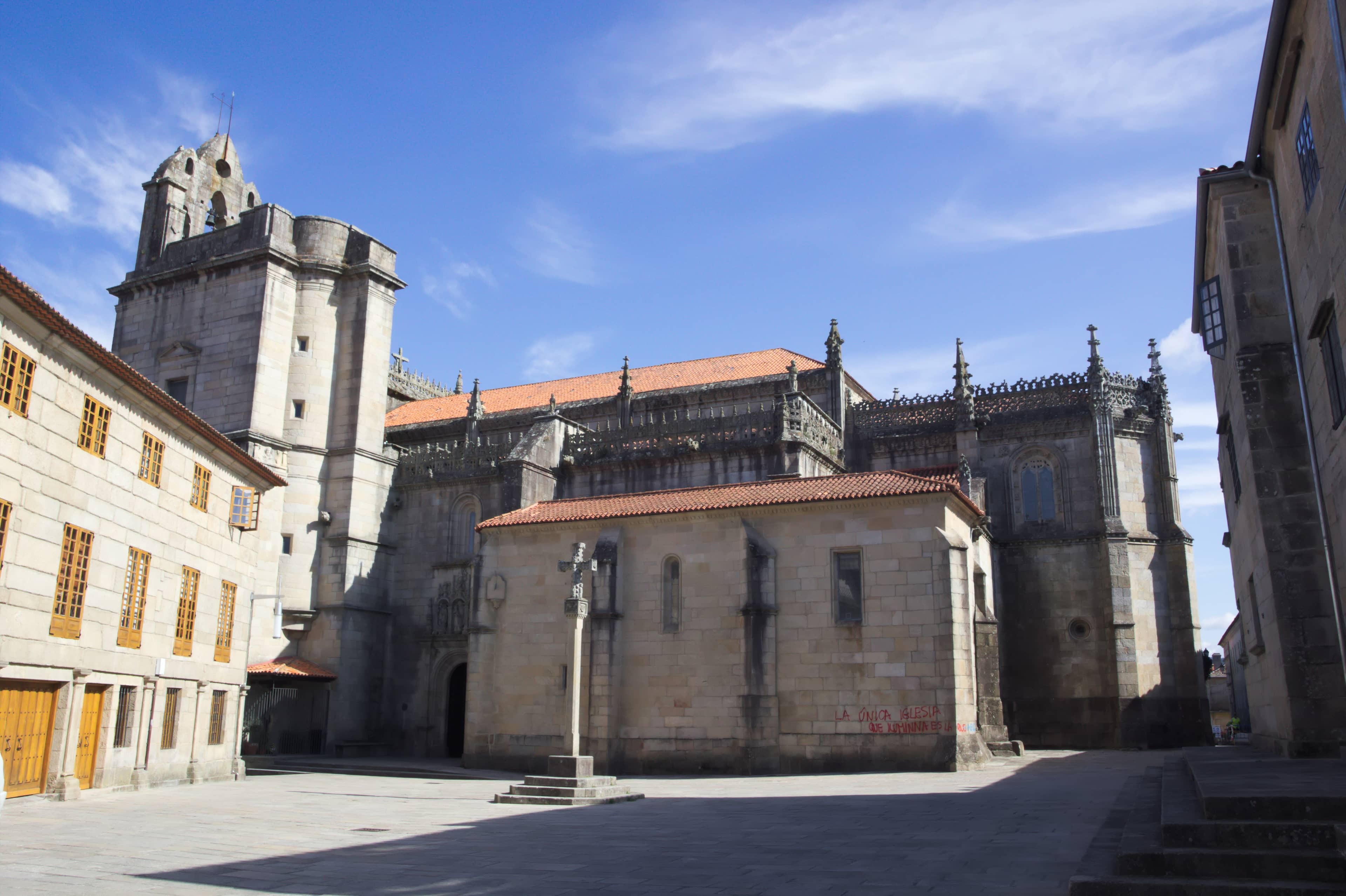
Basilica of Santa María la Mayor Vicinity
Near the Basilica
Discover exposed sections of the ancient wall integrated into the urban fabric, a testament to its historical significance.
CITA (Interpretation Center)
Near the wall remains
Visualize the complete walled city with a detailed model, offering crucial context to the existing fragments.
Plans like a pro.
Thinks like you
Planning Your Visit
Strategic Viewing Points
Historical Context is Key
Best Times
Insider Tips
from TikTok, Instagram & Reddit
🚶♀️ Easy Access Near Basilica
The most prominent wall remains are right by the Basilica of Santa María la Mayor, making them easy to find.
🕰️ Understand the History
Visit the CITA center for a model of the walled city to truly appreciate the scale of what once stood.
🌿 Nature's Touch
Notice the small ferns and daisies growing between the cracks of the ancient stones.
Tips
from all over the internet
🚶♀️ Easy Access Near Basilica
The most prominent wall remains are right by the Basilica of Santa María la Mayor, making them easy to find.
🕰️ Understand the History
Visit the CITA center for a model of the walled city to truly appreciate the scale of what once stood.
🌿 Nature's Touch
Notice the small ferns and daisies growing between the cracks of the ancient stones.
What Travellers Say
Reviews Summary
Visitors appreciate the historical significance of the remaining city wall fragments, particularly their convenient location near the Basilica of Santa María la Mayor. While acknowledging that only portions remain, many find them a worthwhile glimpse into Pontevedra's past, especially when viewed in conjunction with the CITA interpretation center. Some wish for more extensive ruins, but the overall sentiment is positive for a brief historical exploration.
"These are next to the. Church the ruins and a few other must see items. You have to go to the church and thus is right next door!"
jason carney
"Nowadays, only a few remains of the wall remain, but in its day the city of Pontevedra was surrounded by powerful walls. Its construction lasted several centuries. The first was built in the twelfth century. Then a new wall was started in the 13th century to respond to the urban growth associated with the development of fishing and its industries. The elevation of this second wall continued during the 14th century. Already in the 15th century, the last and definitive expansion was undertaken, between the years 1450 and 1480 to save the growing population from the conflicts of the time and obtain new spaces for economic growth. This is how it remained until the 19th century when it was demolished for the sake of the misunderstood "progress" prevailing at that time. The wall was between five and seven meters high, more than two meters wide and had battlements along almost its entire perimeter, surrounding about 36 hectares. The wall had five main gates: the Ponte one, on the abutment of the Ponte do Burgo, opened towards Compostela; that of Trabancas, on one side of the Ferrería square, was access to the Camino a Tui; that of Rochaforte, at the intersection of the current Sarmiento and Cobián Roffignac streets; that of Vila or Santo Domingo, next to the town hall, connected the old walled area with the seafaring quarter of A Moureira; and that of So a Esqueira or Santa María, next to the Basilica. It also had up to seven shutters along its route. The wall also had a system of towers that reinforced its perimeter. Among them, the Archbishop's Towers stood out next to the Basilica of Santa Maria; the Golden Tower, in the northeast corner; and the Bastida Tower where the current Town Hall is located."
VICTOR MARTINEZ
"We find the most visible remains of Pontevedra's medieval wall very close to the Basilica of Santa María la Mayor, where the Archbishop's Towers were located. On Arzobispo Malvar Street, there are about 40 meters of what was once an important walled enclosure, most of which disappeared towards the end of the 19th century. Although Pontevedra had a wall during the Roman period, of which very few vestiges remain, the first medieval wall dates back to the 12th century, which was extended by what would become the definitive one, begun in the 13th century and completed two centuries later. The walled enclosure ran between the hills where the Basilica of Santa María la Mayor is located in the west and the Convent of San Francisco in the east. The masonry wall was 7 meters high and was topped by a row of battlements and an adarve (a path along the top of the wall) along its entire length. The wall had four large gates: the Santa María Gate, the Santo Domingo Gate, the Trabancas Gate, and the Rocheforte Gate, as well as smaller ones such as the Galera Gate and the Ribeiro Gate. This defensive complex had several fortified towers along its perimeter: the Archiepiscopal Towers near the Basilica of Santa María la Mayor, the Torre del Oro, the Torre Bastida, two more towers between the Trabancas and Rocheforte gates, and two more on the banks of the Lérez River. The wall favored economic and population growth, along with the tax privileges granted by Henry IV of Castile under the Feira Franca (Free Fair). Although, as mentioned, the ruins of the wall can still be easily seen next to the Basilica of Santa María, various building renovation projects have left parts of Pontevedra's old medieval walls exposed."
J.M.Q.
What People Like
What People Dislike
Frequently Asked Questions
🚇 🗺️ Getting There
The most accessible remains are located near the Basilica of Santa María la Mayor. You can easily walk to this area from the city center. If arriving by car, look for parking near the historic district.
Yes, the main sections are easily accessible on foot. The terrain is generally flat around the Basilica area, making it suitable for most visitors, including those with parents in their 60s.
Pontevedra's historic center is very walkable. Local buses will get you close to the center, from where you can easily reach the wall remains on foot.
🎫 🎫 Tickets & Entry
No, the visible remains of the city wall are part of the public urban landscape and can be viewed freely.
As they are outdoor ruins, they are accessible at any time. However, visiting during daylight hours is recommended for better viewing.
Information on CITA center entry fees can vary. It's best to check their official website or inquire locally for the most up-to-date details.
🎫 🧭 Onsite Experience
Take your time to walk along Arzobispo Malvar Street and observe the different sections. Consider visiting the CITA center for a comprehensive understanding.
A brief visit to see the visible sections can take about 30 minutes. If you plan to visit the CITA center and fully absorb the history, allow an hour or more.
While specific tours for just the wall remains might be rare, many general city tours of Pontevedra include historical sites like the wall. Inquire at the local tourist office.
The Basilica of Santa María la Mayor is immediately adjacent. The historic center of Pontevedra, with its charming squares and churches, is also very close by.
📸 📸 Photography
The sections on Arzobispo Malvar Street offer good photographic opportunities, especially with the Basilica in the background. Look for interesting textures and the integration of nature.
Since only fragments remain, capturing the 'entire' wall is not possible. However, you can photograph individual sections and use the CITA model for a sense of scale.
For Different Travelers
Tailored advice for your travel style
👨👩👧 Families with Kids
While the ruins themselves might not hold a child's attention for long, the CITA (Centro de Interpretación das Torres Arcebisbais), with its model of the walled city, can be a more engaging experience. It offers a visual representation that can spark imagination about knights and castles. Remember to bring water and snacks, as this is an outdoor exploration.
🚶♀️ Seniors and Those with Mobility Concerns
Visitors can comfortably view the wall fragments without extensive trekking. The nearby Basilica also offers a place to rest and admire its architecture. For those interested in a deeper understanding, the CITA center is also conveniently located, allowing for an enriching historical experience with minimal physical exertion. The focus here is on appreciating the historical significance through accessible viewing points and informative centers.
Deep Dives
In-depth insights and expert knowledge
The Evolution of Pontevedra's Defenses
The completed wall was an impressive feat of engineering, standing between five and seven meters high and over two meters wide. It was topped with battlements and an adarve (a walkway along the top) for defenders. The wall enclosed approximately 36 hectares of the city. It featured five main gates: Ponte (towards Compostela), Trabancas (towards Tui), Rochaforte, Vila or Santo Domingo (connecting to the seafaring quarter of A Moureira), and So a Esqueira or Santa María. Additionally, there were up to seven smaller postern gates, or 'shutters,' along its route. The perimeter was further strengthened by numerous towers, including the prominent Archbishop's Towers near the Basilica, the Golden Tower, and the Bastida Tower.
Tragically, much of this formidable defensive structure was demolished in the 19th century during a period of 'misunderstood progress,' where urban development often prioritized demolition over preservation. Today, only fragments remain, but these vestiges offer a powerful glimpse into Pontevedra's medieval past. The most visible sections are found near the Basilica of Santa María la Mayor, where the Archbishop's Towers once stood, and along Arzobispo Malvar Street. These remaining sections, though diminished, are a poignant reminder of the city's historical resilience and strategic importance.
Exploring the Visible Remains
These remains are situated very close to the Basilica of Santa María la Mayor, a landmark that itself is worth exploring. The proximity of the wall fragments to such a significant religious building highlights how the defenses were integrated into the city's core. Following the line of the wall from just before Santa María towards the Palacete de las Mendozas (now the tourist office) provides a sense of continuity and allows visitors to imagine the full extent of the walled enclosure.
For a more comprehensive understanding of the wall's original scale and layout, a visit to the CITA (Centro de Interpretación das Torres Arcebisbais) is highly recommended. This interpretation center features a detailed model of the walled city, which is invaluable for contextualizing the fragmented ruins you see today. It helps visitors visualize the gates, towers, and the overall defensive strategy that once protected Pontevedra.
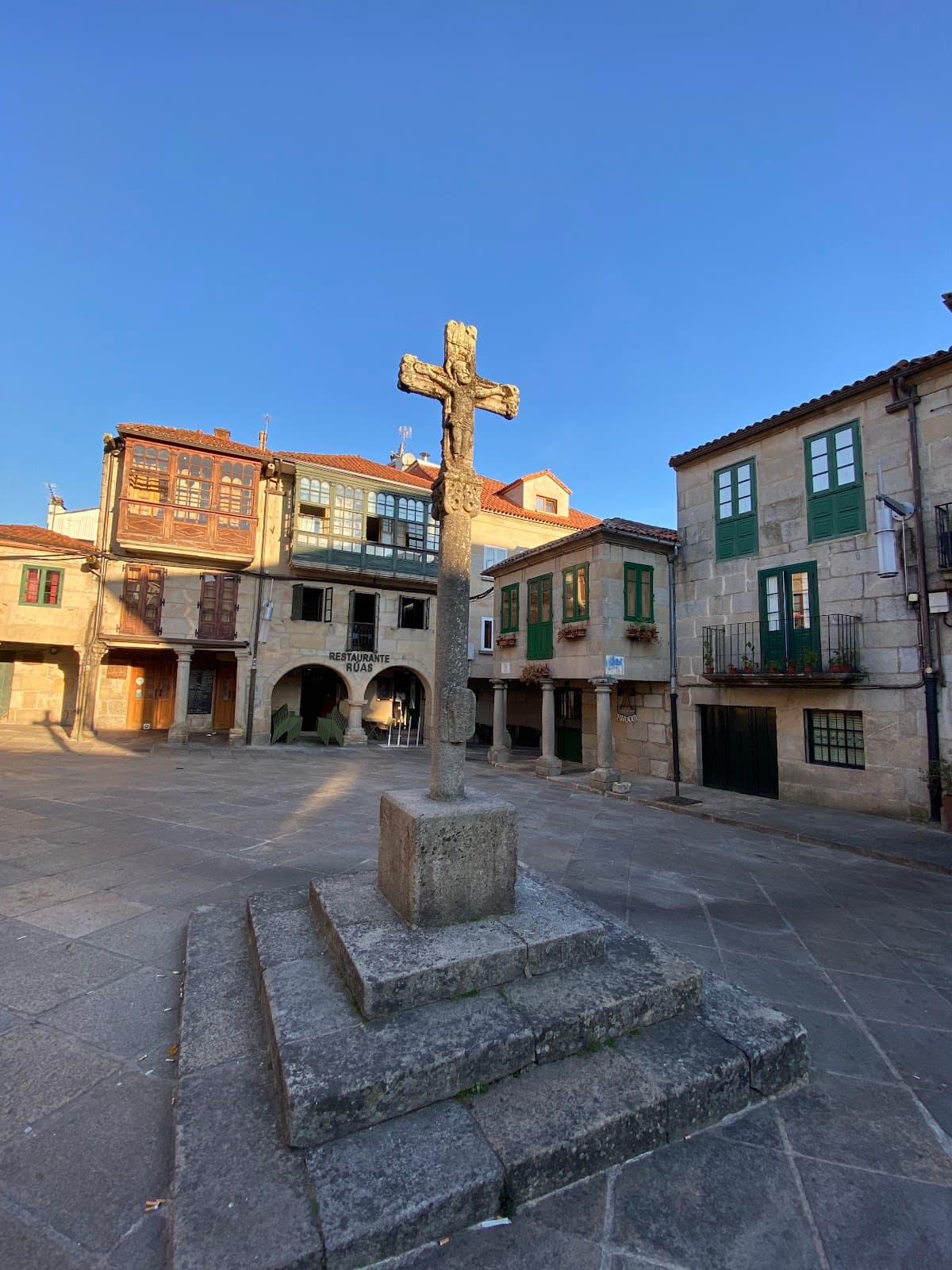
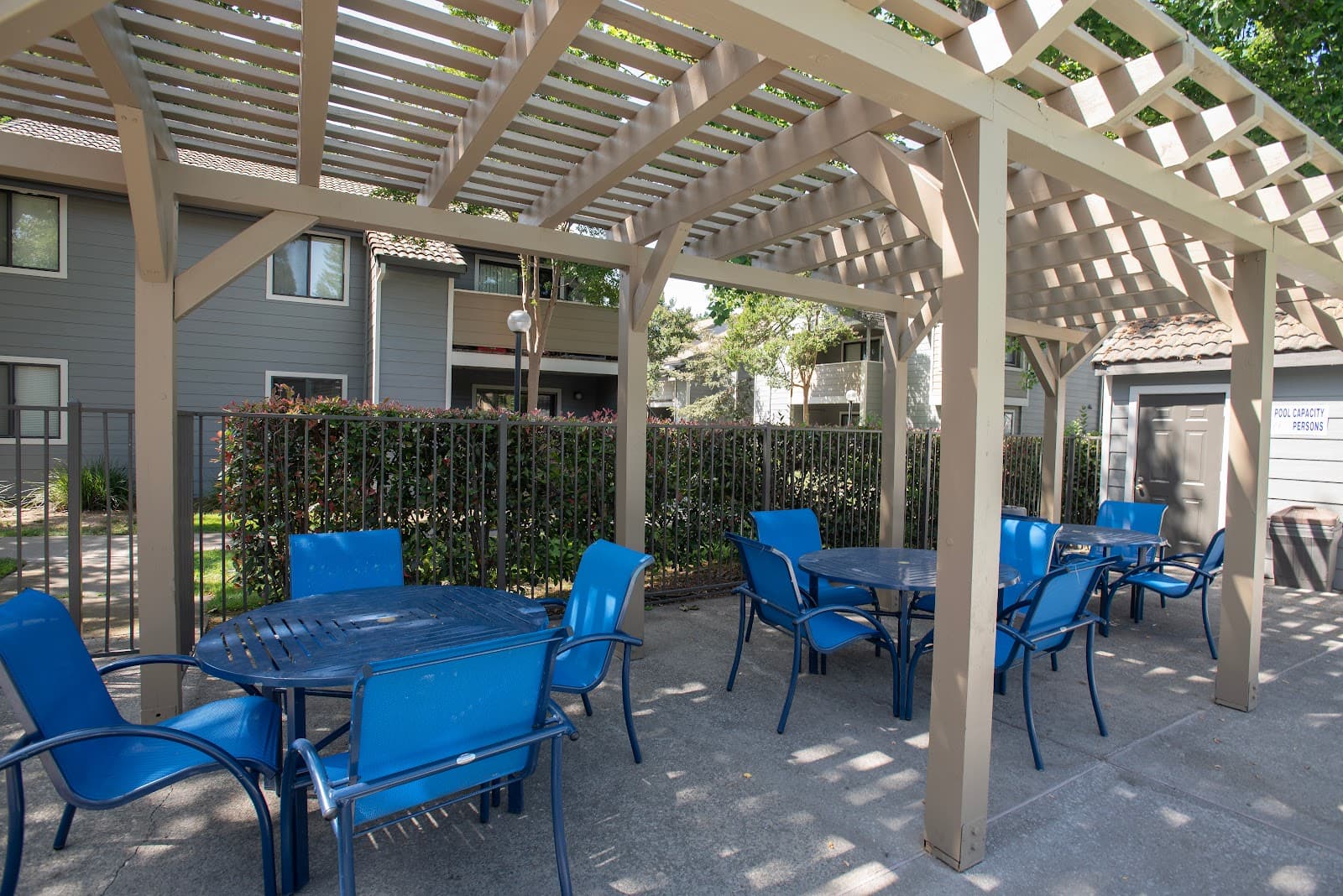
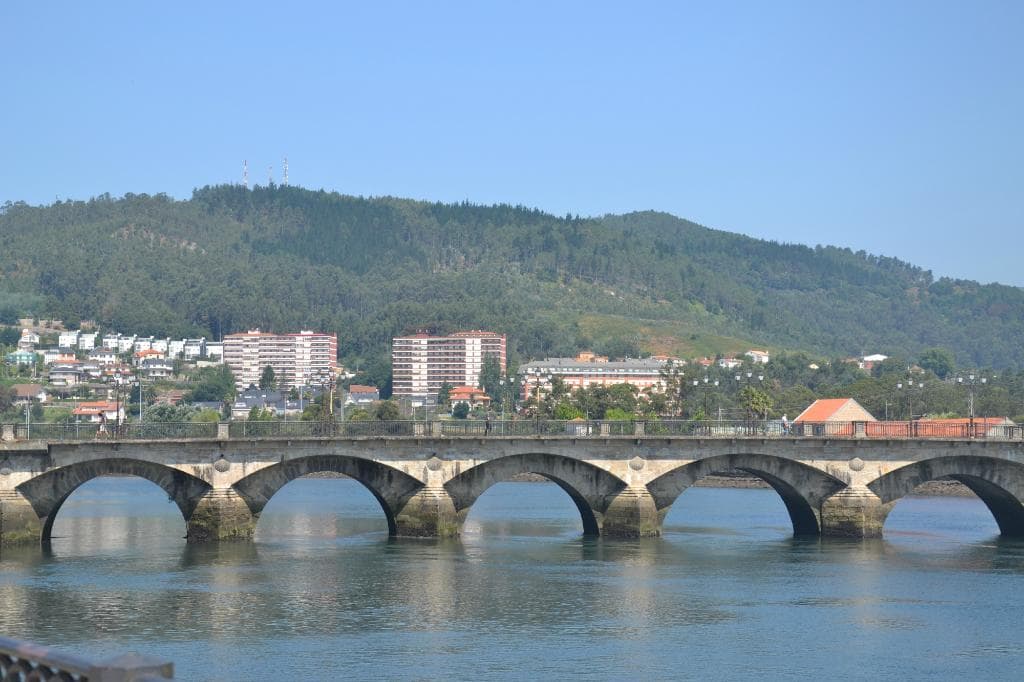
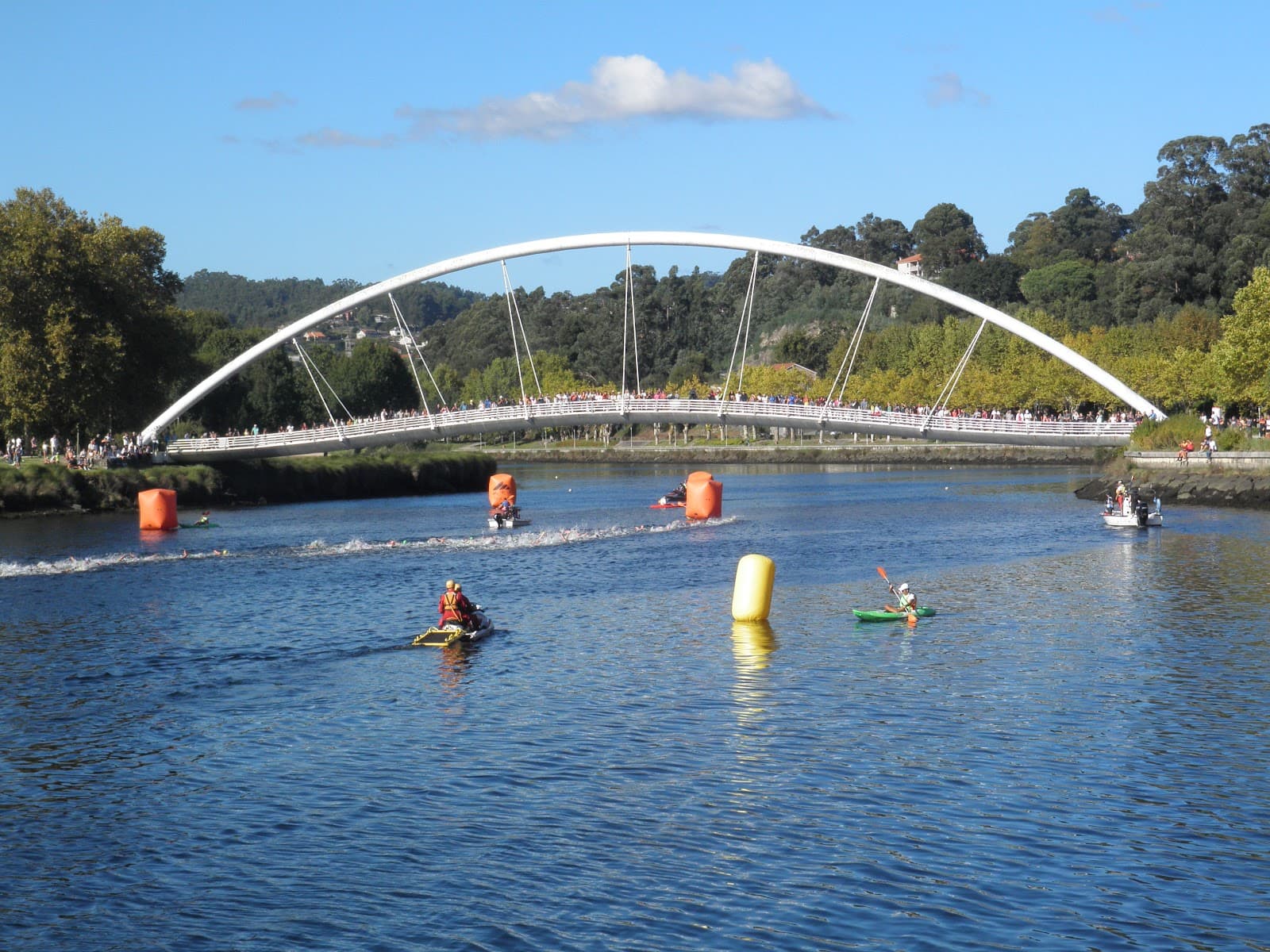

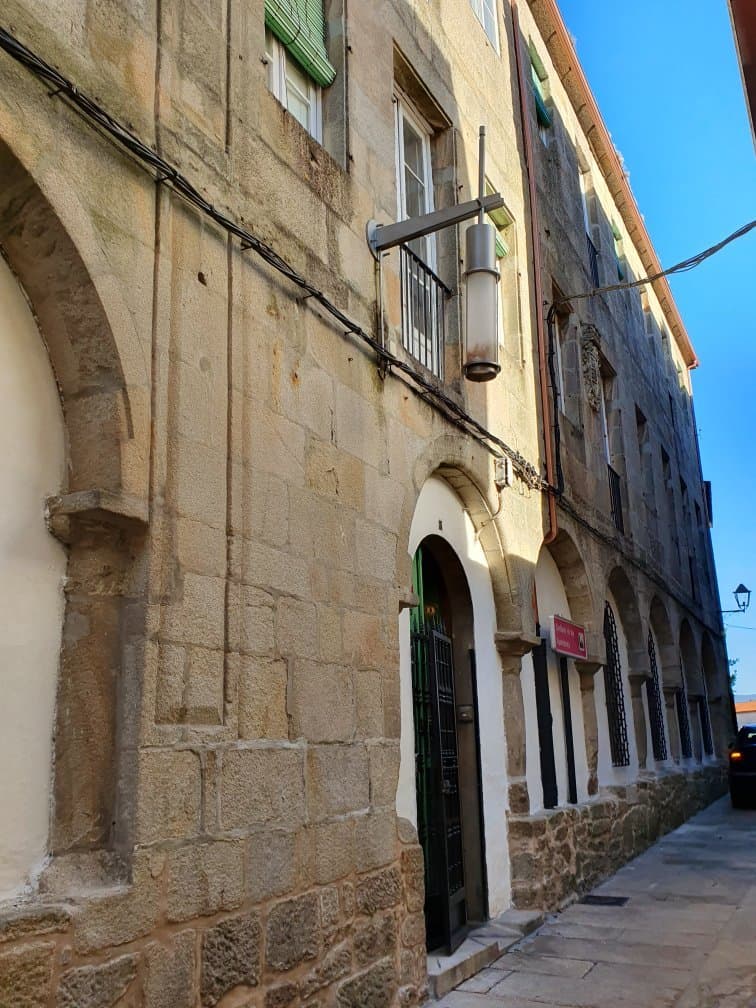
Social
from TikTok, Instagram & Reddit